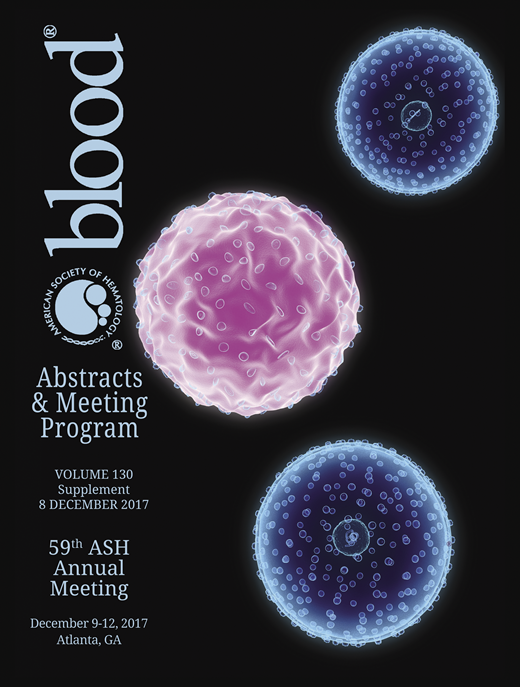Abstract
Background: Recent advances in multiple myeloma (MM) treatment have led to overall improvement in patient outcomes around the world, although the incorporation of novel therapies is generally slow in Latin American countries. Currently, there is limited real-world evidence on available therapies and associated patient outcomes in this region.
Objective: To evaluate the treatment landscape by examining up to 3 lines of therapy (LOTs) in Latin American patients with MM diagnosis and the impact of therapies on outcomes of progression-free survival (PFS) and overall survival (OS).
Methods: Medical chart review was performed for patients with newly diagnosed MM at 30 participating clinical sites in 7 Latin American countries: Argentina, Brazil, Chile, Colombia, Mexico, Panama and Guatemala. All patients were followed from initiation of 1st LOT to the earliest of end of follow-up or death date (OS). PFS in each LOT was determined from initiation of each LOT until the earliest of end of follow-up, relapse date or death date. A multivariable Cox proportional hazard regression model was used to assess the association of therapy choice in 1st and 2nd LOTs with risk for disease progression or death, comparing patients with bortezomib (V)-based therapy against patients with other therapies. Patients receiving stem cell transplant were excluded from the analysis.
Results: We identified1104 MM patients at initiation of 1st LOT with median age at diagnosis of 61 years. Median follow-up was 27 months; 48% patients had a history of cardio-related disease and 12% had a history of renal impairment. During the follow-up, 504 (46%) patients subsequently received a 2nd LOT, and 133 (12%) patients received additional 3rd LOT.
Across all 1st, 2nd and 3rd LOTs, the 3 most commonly used regimens were thalidomide (T)-based regimen (excluding bortezomib), V-based regimen (excluding immunomodulators), and chemotherapy alone, accounting for 94%, 84% and 74% of 1st, 2nd and 3rd LOTs, respectively. T-based therapy was predominantly used in the 1st LOT and less often in subsequent LOTs, whereas use of V-based regimen and chemotherapy remained constant across the 3 LOTs (Table 1). Only a small proportion of patients were retreated by the same therapy, with 92 (18%) T-based patients, 28 (6%) V-based patients and 14 (3%) chemotherapy patients in both 1st and 2nd LOTs.
With a median PFS time of 19 months in the 1st LOT, landmark PFS at year 1, 2, and 3 was 62%, 31% and 16%, respectively. Patients with T-based or chemo-therapy in their 1st LOT had ≥41% increased risk for relapse during 1st LOT than those with V-based therapy (p<0.01, Table 2a). In 2nd LOT, the median PFS was 10 months; landmark PFS at year 1, 2 and 3 was 36%, 13% and 5%, respectively. No statistical differences in landmark PFS for 2nd LOT were observed among the 3 treatments (p≥0.09, Table 2b).
Following initiation of 1st LOT, 357 (32%) patients died. In 1st LOT, OS rate at year 1, 2, and 3 was 84%, 55% and 35%. There was no difference in mortality risk between patients using T- and V-based therapy (p=0.95), although chemotherapy patients had 43% increased mortality relative to V-based patients (p<0.05, Table 2c). Similar association was also observed in 2nd LOT (Table 2d), with median OS time of 17 months.
When individual countries were assessed in 1st LOT, Brazilian patients, relative to those in other 6 countries, had shorter median PFS (10 months) and median OS time (23 months). Common treatments in Brazil across the 3 LOTs were similar to those in other countries. Also, a somewhat stronger association between treatment choice and outcomes of PFS and OS was seen in Brazil (Table 3).
Conclusion: This study shows the latest findings of treatment patterns and associated outcomes in MM patients from 7 Latin American countries. The continued high prevalence of T-based therapy use after 2008 in these patients suggests that several Latin American countries have limited treatment options. Following initiation of 1st LOT, ~70% patients experienced 1st disease progression within 2 years and >40% of patients died from the disease. Brazilian patients appear to have worse PFS and OS in 1st LOT than patients from other countries, likely attributable to treatment choice. Better management of care for MM, such as increased use of novel agents and new treatment sequence are needed to prolong PFS and OS in these patients.
Hungria: Celgene, Roche, Takeda, Janssen, Amgen: Honoraria. Miguel: Janssen: Speakers Bureau. Silvana Cugliari: Roche, Raffo, Abbvie: Honoraria, Membership on an entity's Board of Directors or advisory committees. Santos: Janssen: Employment. Santos: Janssen: Employment. Machnicki: Janssen: Employment. Lin: Janssen: Employment. Chen: Janssen: Employment. Barreyro: Janssen: Employment.
Author notes
Asterisk with author names denotes non-ASH members.


